Flaws in a study about unintended gene editing snips have led to its retraction. But that’s not the end of the story.
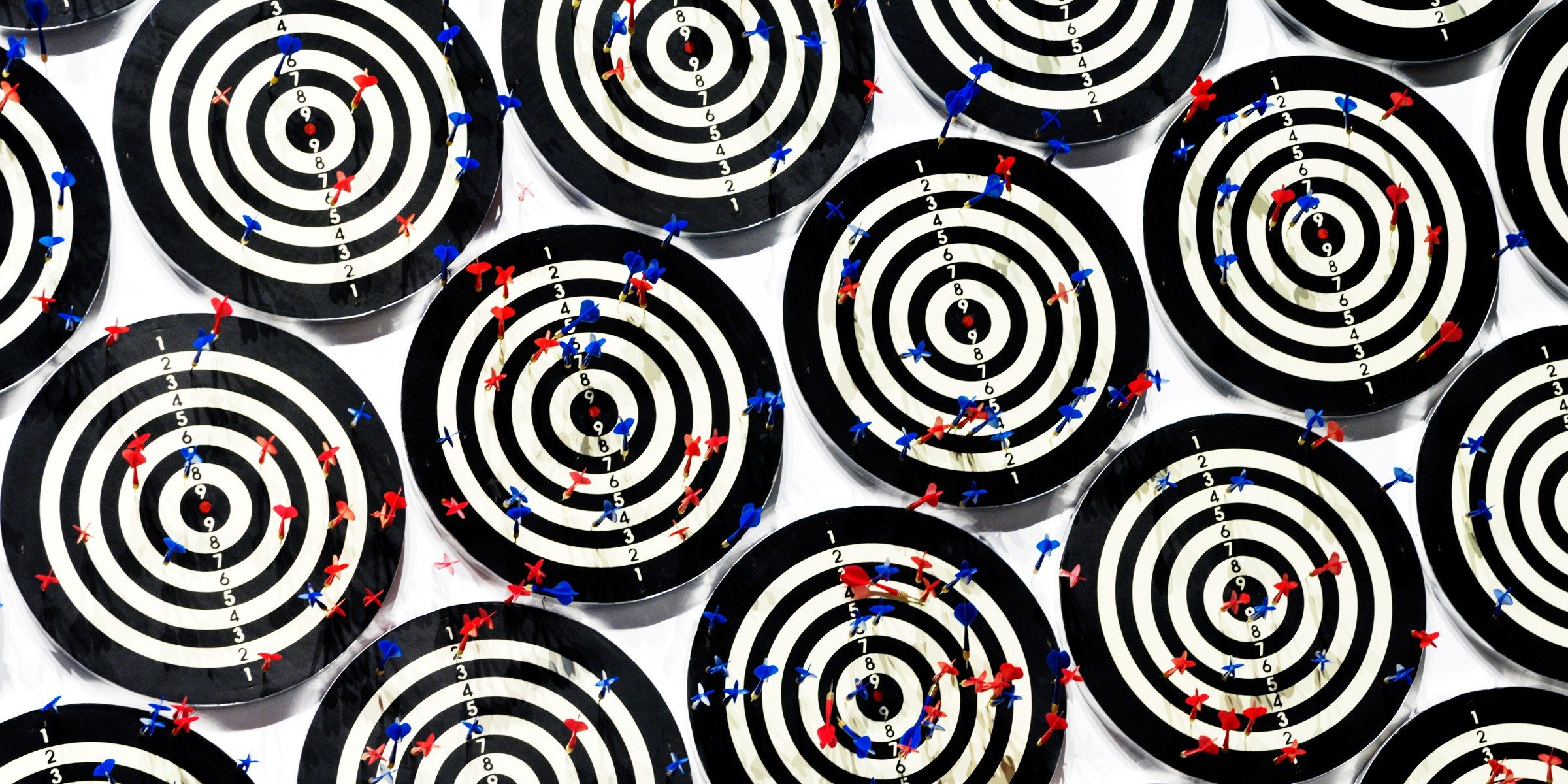

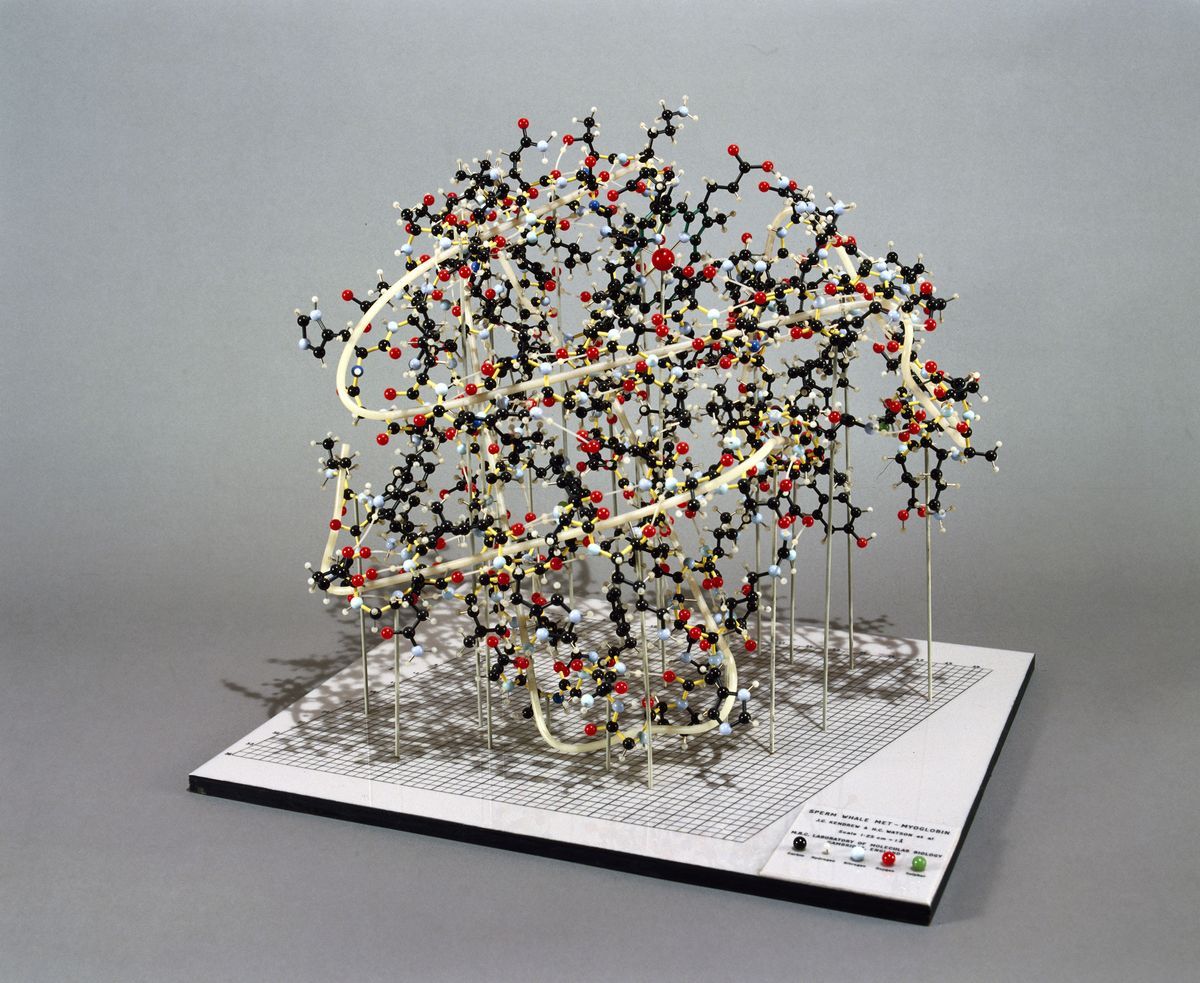
Scientists are increasingly betting their time and effort that the way to control the world is through proteins. Proteins are what makes life animated. They take information encoded in DNA and turn it into intricate three-dimensional structures, many of which act as tiny machines. Proteins work to ferry oxygen through the bloodstream, extract energy from food, fire neurons, and attack invaders. One can think of DNA as working in the service of the proteins, carrying the information on how, when and in what quantities to make them.
Living things make thousands of different proteins, but soon there could be many more, as scientists are starting to learn to design new ones from scratch with specific purposes in mind. Some are looking to design new proteins for drugs and vaccines, while others are seeking cleaner catalysts for the chemical industry and new materials.
David Baker, director for the Institute for Protein Design at the University of Washington, compares protein design to the advent of custom tool-making. At some point, proto-humans went beyond merely finding uses for pieces of wood, rock or bone, and started designing tools to suit specific needs — from screwdrivers to sports cars.

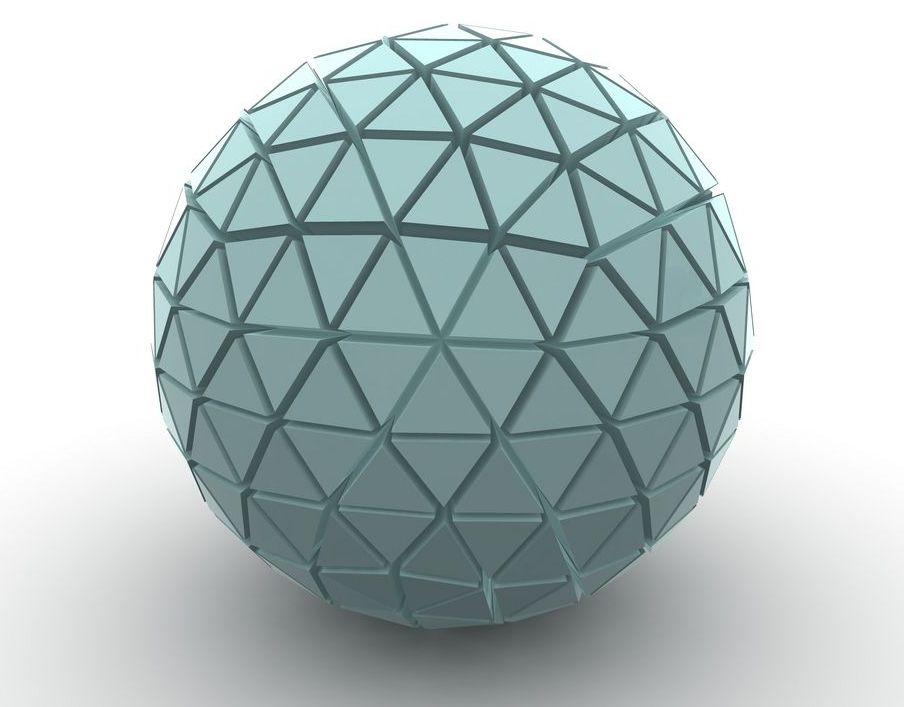
For the first time in history, researchers have fused artificial cells with biological cells in a way that lets them work together. This opens the door for a variety of new possibilities and applications.
Fusing biological and artificial cells
The research team at Imperial College London uses a system that encapsulates biological cells within an artificial cell. Using this approach, the team can harness the ability of biological cells to produce chemicals while offering them protection from the environment.



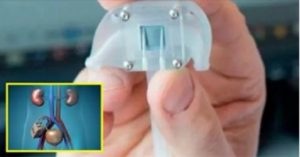
It’s not uncommon for the press to get hyped up before the long process of refinement and FDA approval. Let’s hope that this one moves along quickly — while demonstrating safety and efficacy.
https://www.troab.com/worlds-first-bionic-kidney-set-replace…-two-years
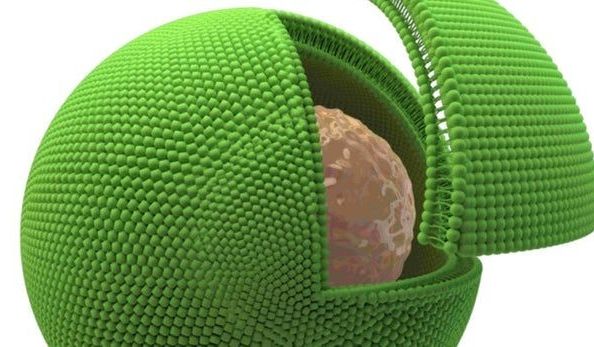
Sometimes I think I’m jumping the gun when speculating. Take this further, a better full body replacement?
The more we study natural biological cells, the more we learn about how to control them or build artificial versions. These independent avenues of study have huge potential, but also their limitations. Researchers from Imperial College London have worked out a way to borrow the strengths of each, fusing together living and non-living cells to create tiny chemical factories that might one day aid drug delivery.
In past work, scientists have packaged proteins and enzymes inside artificial casings to better treat conditions like cancer or diabetes. Rather than just using some natural parts, the Imperial College study instead wrapped entire biological cells inside artificial ones.
“Biological cells can perform extremely complex functions, but can be difficult to control when trying to harness one aspect,” says Oscar Ces, lead researcher on the project. “Artificial cells can be programmed more easily but we cannot yet build in much complexity. Our new system bridges the gap between these two approaches by fusing whole biological cells with artificial ones, so that the machinery of both works in concert to produce what we need.”
